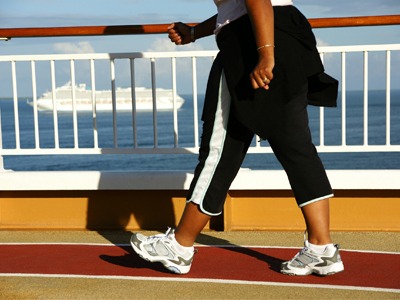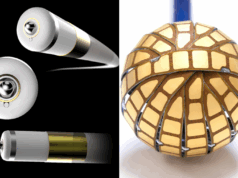
Patients who had higher activity levels following implantable cardioverter-defibrillator (ICD) implantation had better survival, according to research in the Journal of the American Heart Association. The research was simultaneously presented at the Heart Rhythm Society 2015 Scientific Sessions (13–16 May, Boston, USA).
In the largest study on the relationship between activity and survival in ICD patients, researchers analysed how active participants were in the first 30-60 days after implantation and then over time up to four years. “Active” meant a walking speed of approximately 2 miles an hour.
Researchers found:
- Patients in the most active group after getting an ICD had a 40% absolute lower risk of death at four years compared to patients who had engaged in the least activity.
- Regardless of age, gender or device type, lower average activity during the first 30-60 days was independently associated with a 44% higher risk of death over time.
- A similar analysis looking at activity over several years demonstrated a similar risk of death for each 30 minutes’ difference in activity.
“We expected to see a difference, but we were struck by the magnitude of these results,” said Daniel B Kramer, lead author of the study and assistant professor of medicine at Harvard Medical School in Boston, USA.
“Patients’ functional status clearly predicts survival. Our hope would be to use activity as a factor in not just predicting outcomes but also to guide strategies that may improve outcomes. But that is much further down the line.”
Researchers studied the ALTITUDE registry, a USA-wide database that involved 98,437 patients enrolled in a remote monitoring programme. About 57% of the patients had received a new or replacement ICD and 43% had received cardiac resynchronisation therapy cardiac resynchronisation therapy (CRT-D) devices in 2008-12. Patients were followed for a median 2.2 years.
“What is intriguing about our results is that looking at just one piece of information collected automatically after a device is implanted provides very powerful prognostic information about how they are likely to do over the next several years,” Kramer said.
The major limitation of the analysis, researchers noted, is that this study design only supports describing an association between activity and survival. Further studies are needed to test strategies aimed at promoting activity or using this information to change patients’ treatment.









